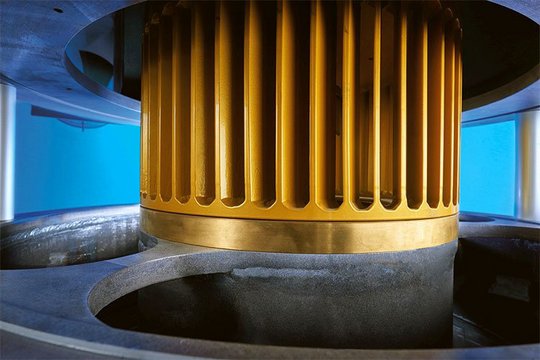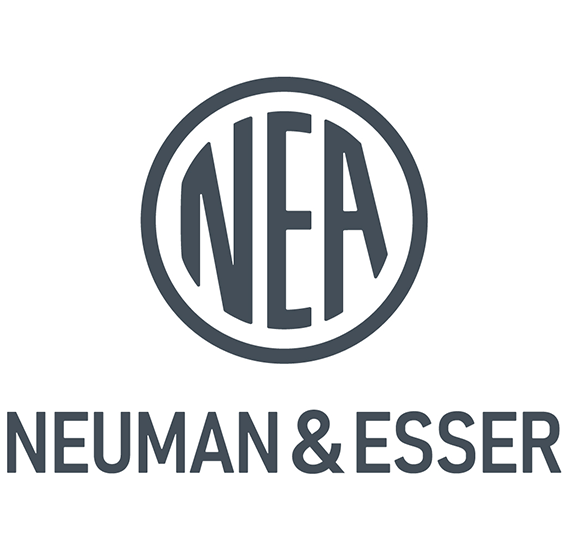NEUMAN & ESSER stands as the industry’s reliable partner, propelling the energy transition and the circular economy through its integrated solutions for the energy infrastructure of tomorrow.
Our compressor solutions with in-house sealing technology are utilized extensively when it comes to industrial gas processing. Catering to the traditional oil and gas industry, as well as the emerging hydrogen economy and green gas industry.
The product portfolio of NEUMAN & ESSER includes hydrogen production systems such as electrolyzers and steam reformers. With over a century of expertise, in hydrogen compression, NEUMAN & ESSER has established itself as a leading expert in the complete H2 value chain.
Our solutions in mechanical process engineering play a crucial role particularly in the grinding and classification of raw materials and recycled resources as well as powder coating, recovered Carbon Black, high-performance battery storage systems and protein enrichment.
When it comes to bringing challenging projects to life, NEUMAN & ESSER can serve as your trusted advisor. We offer comprehensive support throughout the entire project lifecycle, starting from the assessment of potential sites and the feasibility and financing. Our expertise extends through engineering, construction, and commissioning to the trading of the gases produced.

